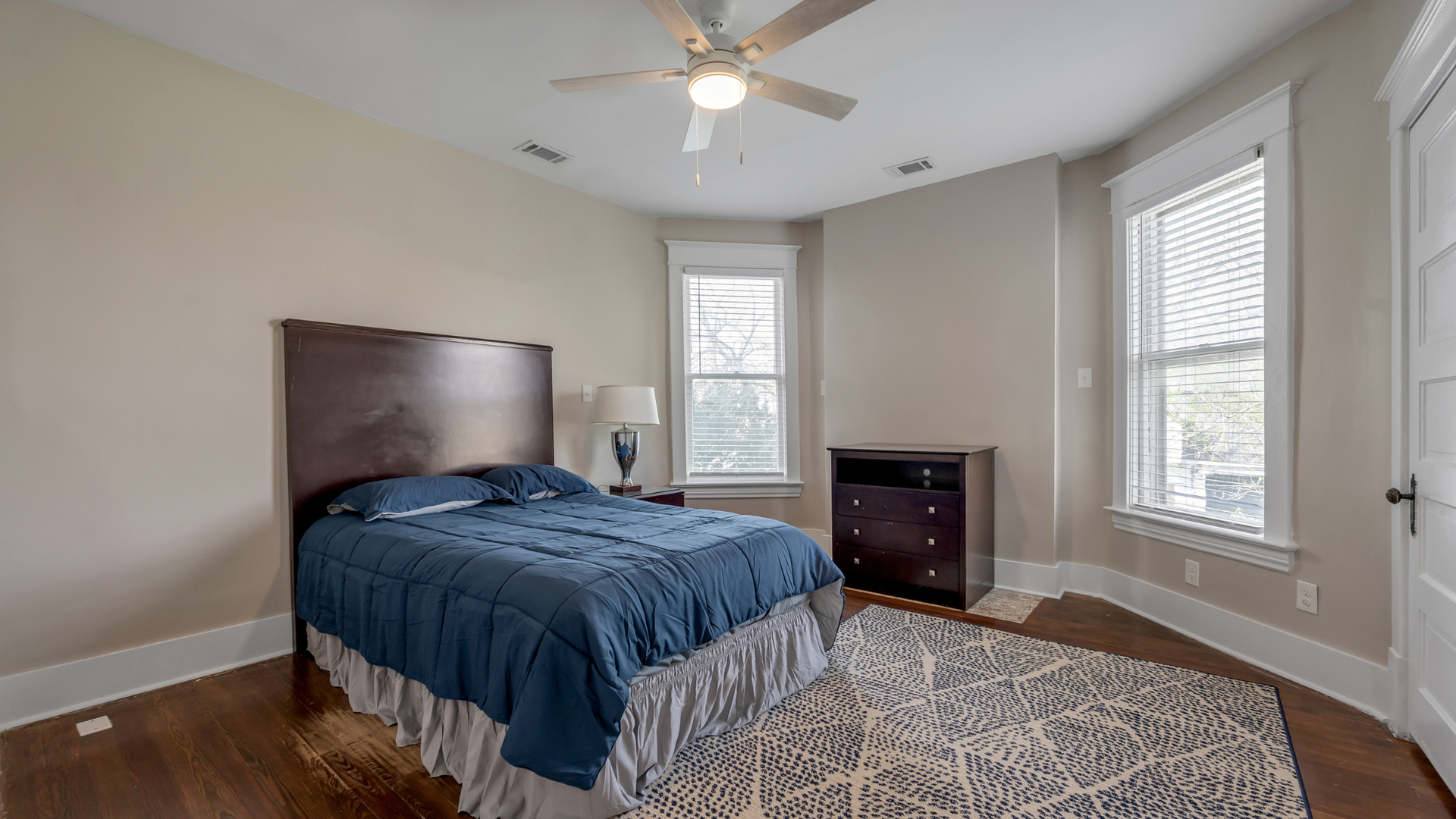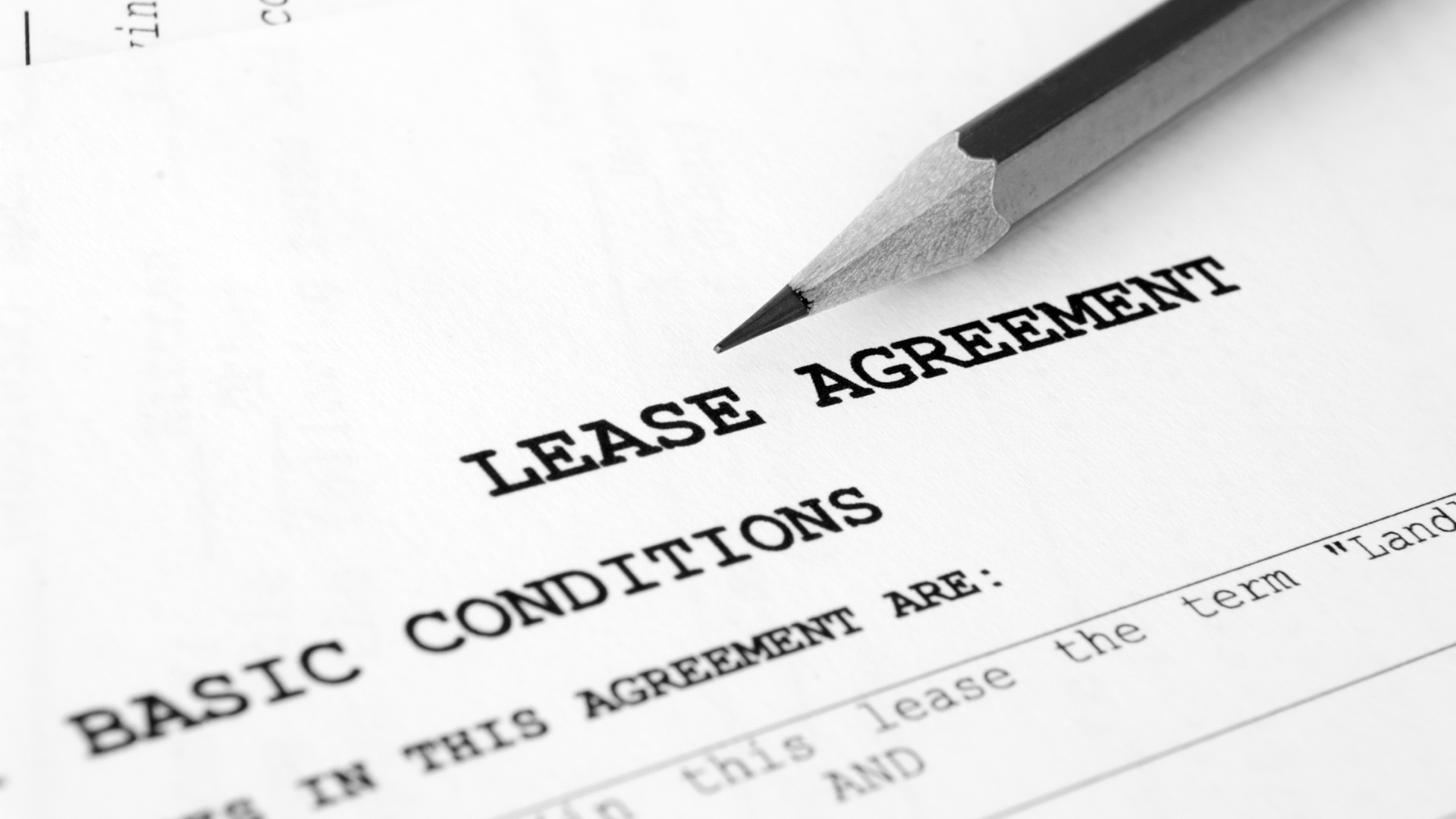Booking for 10+ Crews? Here’s How to Not Lose Your Mind
Disclaimer: This article is for informational purposes only. We do not provide legal, financial, or tax advice. Consult qualified professionals about contracts, policies, and budgeting.
Coordinating housing for double‑digit crews is not just more rooms to book, it is a different job entirely. Schedules slip, headcounts change, and one “we’re overbooked” email can send your day into a tailspin. The most reliable way to protect your calendar and your crew is to plan around housing that is built for work, not tourism. That means prioritizing crew apartments for job sites, backed by a system that absorbs real‑world swings in labor and scope.
Start with a headcount you can actually defend
Before you ever compare properties, lock a forecast. For 10+ crews, the minimum planning horizon is a rolling 90 days updated weekly. Why weekly? The labor market is volatile, and you will see waves in staffing, subcontractor participation, and sequencing. Associated Builders and Contractors estimates the industry must attract about 439,000 net new workers in 2025 just to meet demand, a shortfall that keeps staffing plans in motion and complicates travel. Build a housing plan that expects mid‑stream adds and cuts.
Back your headcount with two numbers: the floor (who is actually on site, by trade) and the ceiling (who could be on site if pace accelerates or a parallel scope opens). Pair that with the reality that 92% of U.S. construction firms reported hiring challenges in 2025 and nearly half said those shortages were causing delays. When crews creep or shrink, your housing must flex without punishing you for doing good project management.
Choose the housing mix that works at scale
Hotels are familiar, but they are not always the best fit for crews on multi‑month runs. U.S. hotel metrics in mid‑2025 were softening in some segments, with year‑over‑year declines reported by STR, and extended‑stay ADR falling in August according to The Highland Group. That environment can help you negotiate, but it also signals brand‑by‑brand variability that affects availability and terms. If you are moving 10+ crews across months, you want fewer handoffs, more kitchens, laundry in‑unit or on‑site, and multiple private bedrooms under one roof. That is exactly why many travel leads now anchor their plan around crew apartments for job sites rather than a stack of room keys.
Reviews illustrate the day‑to‑day reality: extended‑stay properties often host construction workers, which can be a plus for rate and culture alignment, but you may face parking tradeoffs or inconsistent environments from site to site. If you are hauling tools and trucks, that matters. Purpose‑picked apartments near the site can eliminate those frictions while giving your team a living room to decompress and a kitchen to eat on schedule, not just on per diem.
Write contracts and backups that prevent panic
Large hotel room blocks typically come with attrition and cancellation language. If you do use hotels, read the fine print and ask for higher attrition allowances or split blocks for staggered shifts. Standard group agreements in major brands define attrition and charge scale when pickup misses the commitment, which can wipe out savings if headcount changes. If your project is dynamic, press for terms that reflect reality rather than a perfect, frozen staffing model.
Short‑term rental platforms can feel flexible until something goes sideways. Airbnb’s “Major Disruptive Events” policy is narrow and many disruptions are not covered, deferring to the host’s cancellation policy. Hosts in 2025 also reported policy shifts, including 24‑hour free cancel windows and the retirement of the legacy Strict policy, changes that reduce certainty for long stays. Scroll any host forum and you will find posts about mid‑stay noise disputes, construction surprises next door, HOA interventions, or account compliance flags that trigger mass cancellations. None of that is “your” project risk, until it strands your crews. Create a two‑tier backup plan: a vetted secondary inventory that can activate within 24 hours, plus a tertiary escape hatch in a different neighborhood or town.
Cut commute, cut fatigue, raise output
Housing success is not only about a nightly rate. Long commutes compound fatigue and reduce job‑site performance. OSHA’s guidance on worker fatigue highlights the effect of long, irregular hours on alertness, decision making, and safety. Meanwhile, research continues to show that shorter commutes correlate with better self‑reported work productivity, which lines up with what superintendents see every day: crews who sleep and eat well, near the site, are crews that hit the morning stretch with focus. Put a maximum commute in your playbook and measure it like a critical path: under 20 minutes for primary housing, under 35 minutes for backups, weather and traffic adjusted.
This is where purpose‑selected crew apartments for job sites shine. When your team can wake up five minutes from the gate, cook breakfast, do laundry after a muddy day, and shut the door to a private room, you lower the odds of late starts, missed tools, and short tempers. Our model prioritizes near‑site placements with kitchens, laundry, private rooms, and flexible terms, so the living situation supports the schedule rather than fights it.
Build a playbook your assistants and supers can run
If you are coordinating multiple trades and more than 10 crews, you need a documented process, not a heroic spreadsheet. Start by naming your tiers of inventory: Primary (crew apartments for job sites that meet all standards), Secondary (same standards, slightly longer commute or different configuration), and Overflow (shorter term or hotel‑based when you are surging labor). Then define acceptance criteria by unit type: number of true bedrooms, workspace per person, off‑street parking for trucks and trailers, laundry, and kitchen capability. Capture it once and reuse it across every mobilization.
Next, standardize communications and controls. Use one intake form for site leads to submit move‑in and move‑out changes. Require photo verification or virtual tours for each unit before signing. Include a “night one” checklist for keys, Wi‑Fi, parking, and noise expectations. If you partner with a crew‑first vendor, make sure they can map those steps to their operations and give you a single invoice instead of dozens of folios. We emphasize near‑site, fully furnished housing with utilities and Wi‑Fi included, private rooms, kitchens, laundry, and 24/7 support, because that configuration keeps your system simple and your crews steady.
Guard against platform volatility with real redundancy
If you are counting on public marketplaces, assume variance. Hosts discuss everything from construction noise disputes to HOA clampdowns that can cancel bookings with little warning. In several public threads this year, hosts described reservations wiped for 30 days after compliance suspensions or asked how to navigate cancellations when a building issue surfaced. This is not fearmongering, it is a reminder that platform rules are written for tourists, not crews with a lift rental, an outage window, and a crane day on the calendar. Your backup plan should not be wishful thinking, it should be addresses and keys.
One way to build that redundancy is to pair a primary, crew‑first housing partner with an already‑curated shortlist of alternates in the same market. We run that way by default. Our team sources multiple near‑site options, aligns on move‑in sequencing for staggered trades, and keeps 24/7 coverage for issues that pop up at 10 p.m., not just during office hours. That setup keeps you out of the nightmare where you are chasing one‑night emergency rates for 18 people because a host clicked “cancel.”
What “good” looks like when you’re booking for 10+ crews
When you stand up a solid system, your days stop being hostage to housing drama. The calendar tells you who is moving when. Your site lead knows that units have kitchens and workspace, the team knows there is a washer and dryer waiting, and you are not answering texts about broken coffee makers every morning. Crews that feel at home show up better, and better days compound over a long project.
Put it together and the pattern is straightforward. Lead with crew apartments for job sites as your primary. Keep hotels as a tactical tool for brief surges. Write terms that match your volatility. Cap commute times and monitor them. Bake in backups you could move into tonight. And pick partners that absorb complexity rather than adding to it. That is how you scale housing without losing your mind.
Large‑scale crew housing is a logistics problem you can solve with a clear playbook, the right housing mix, and partners who understand construction. Doing it right keeps your schedule intact, your crews rested, and your inbox quiet.
Ready to make crew housing simple?
Tell us where your job is and how many people you are moving. We will place your team in near‑site, fully furnished housing and handle the details. Contact our team today.













